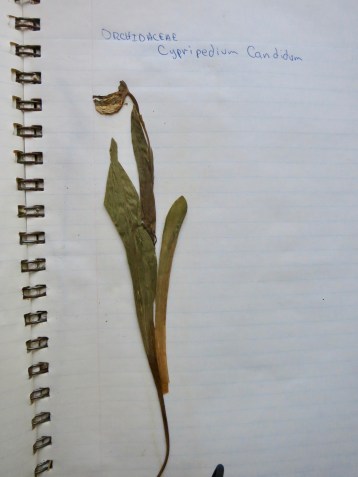“We Ain’t Such a Somebody.”

Human activity has stalled while we deal with the coronavirus. Many U.S. citizens are locked down to hinder the viral spread.
We, the most innovative and likely most expressive species in the world, are equipped with 725,000 kilobytes of genetic code. Yet we are immobilized by a tiny bundle of protein, 120 nanometers in diameter, carrying just eight kilobytes of genetic code.
(Perspective note: The entire human genetic code could be stored on a standard DVD, and is the equivalent to around 6,709 books containing 300 pages with 360,000 letters and punctuation characters.)
I love this exchange from the novel Big Sky by Pulitzer Prize winner A. B. Guthrie. The setting is 1830, at an evening campsite along the Missouri River. Three adventuring men sit around a campfire. The mosquitoes, called gnats, are particularly bothersome. One of the young men is frustrated by the pesky bugs and spits out, “What’s the good of a gnat, anyways?” His more thoughtful friend ponders a moment and then answers, “They don’t serve no purpose, unless to remind a man he ain’t such a somebody.”
The coronavirus is doing the same thing as the mosquitoes. The mosquito and the virus give us
a needed dose of humility. At the end of the day our survival as a species is subjected to natural laws and dependent on healthy natural systems.
Viruses are only taking advantage of a good thing. There are lots and lots of interacting human hosts on the globe to help with the transmission of viruses. And even when this one is subdued, others are mutating as I write this because change is the only constant. And change we must.
Dr. Dennis Carroll is the former USAID director for pandemic influenza and emerging threats. He currently is working on the Global Virome Project. Dr. Carroll feels strongly that the outbreak of viruses is driven by the huge increase in human population and expansion into wildlife areas. As land is converted to agriculture, particularly livestock production, there is a greater chance for viruses to jump from animals to humans.
Eventually we will come out of this viral grasp. In the meantime we can reflect on what is really important in our lives and to consider the fact that we “ain’t such a somebody.”





